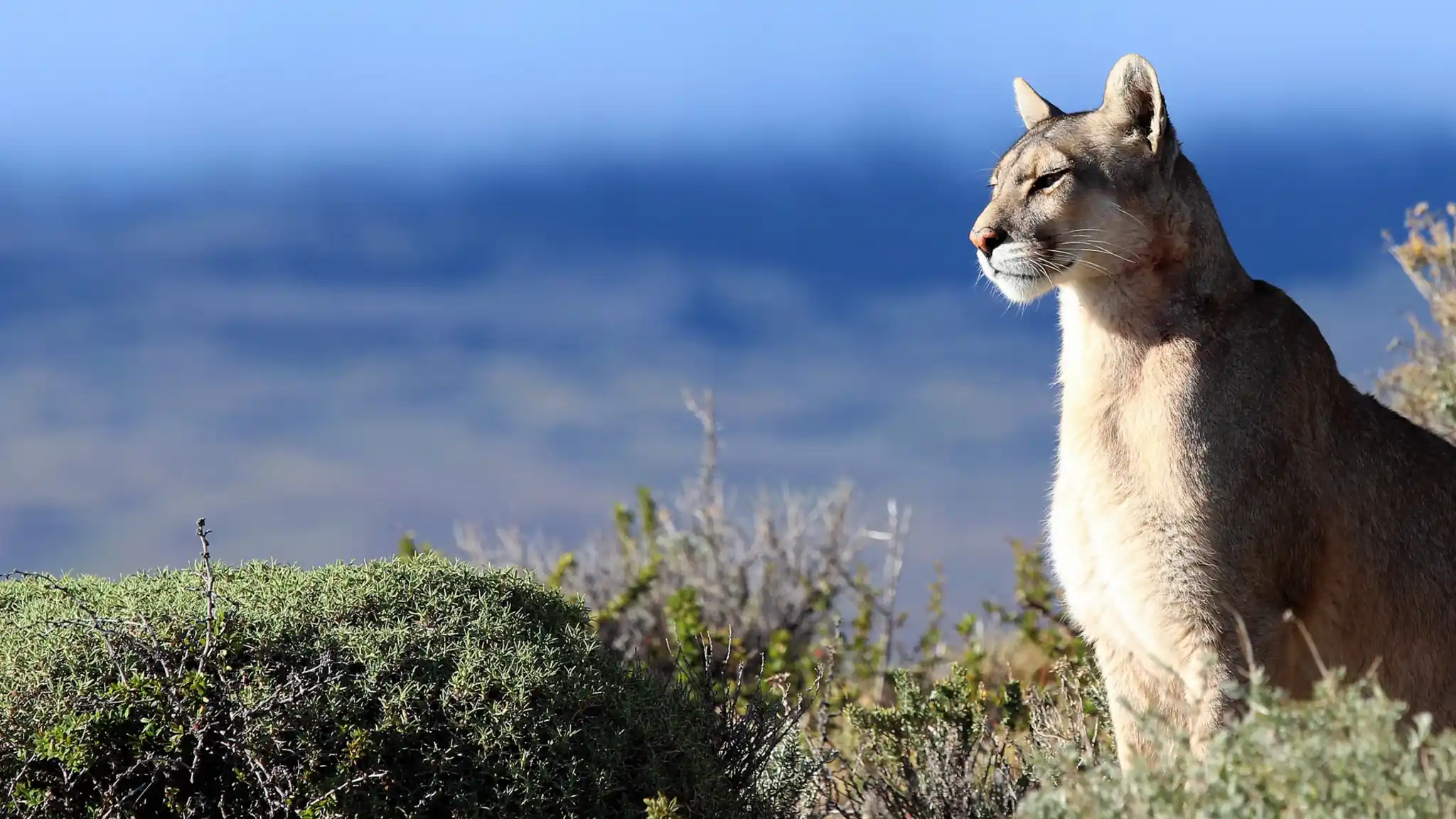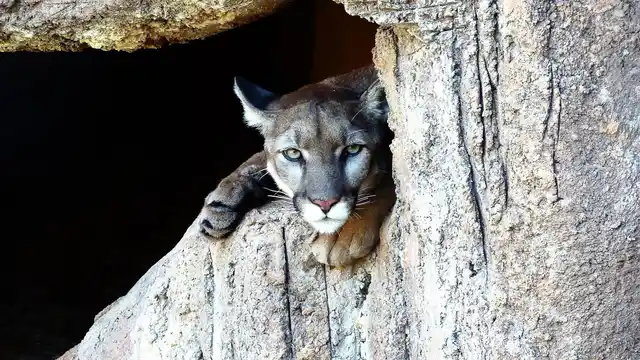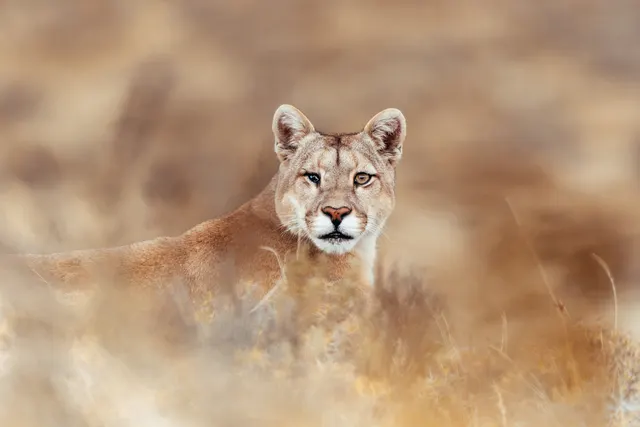
Luxury Puma Photography Safari
Photograph the pumas of wild Patagonia and enjoy the luxury of the region's best accommodation with the rare addition of private helicopter transfers over the outstanding scenery, connecting you across this vast landscape. This wonderful safari ventures through the stunning Torres del Paine National Park with expert guides and photographers, some of which are the most qualified locals in terms in tracking, approximation and photography of the fauna in the region. Staying at the incredible Explora Patagonia, head out each day to explore the park in search of its wonderful wildlife and extraordinary landscapes.






